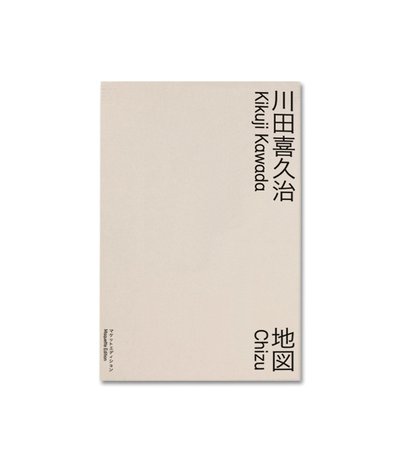Chizu
Chizu
In 1958, thirteen years after the Hiroshima disaster, Kikuji Kawada was sent
on a mission to Hiroshima. Walking through the ruins of the Exhibition Palace
Hiroshima Prefecture Industrial Park - already known as the Hiroshima Dome
atomic bomb - Kawada saw the overwhelming stains that covered his walls
interiors. These grayish marks representing all that remained of
human manifestations and they were engraved in the jagged walls
of a demonic oven. Kawada photographed these stains up close, revealing
feelings of grief, horror and madness. This journey marks the beginning of the
Kawada's first personal project, Chizu [The Map]. Over the years
In the following years, the series was enriched with images of disappeared military fortresses,
of war tools and isolated scenes from contemporary life, then it was
reworked in collaboration with the famous graphic designer Kohei Sugiura, who
transformed these disparate images into a book. Seventy-five years after the end of
World War II, MACK and the New York Public Library produced a
facsimile of the original two-volume model of Chizu de Kawada, a
A great first. A bilingual leaflet, accompanied by new research and
from a long interview with the artist, describes in detail the evolution of one of the
largest photo albums ever made.
Share

